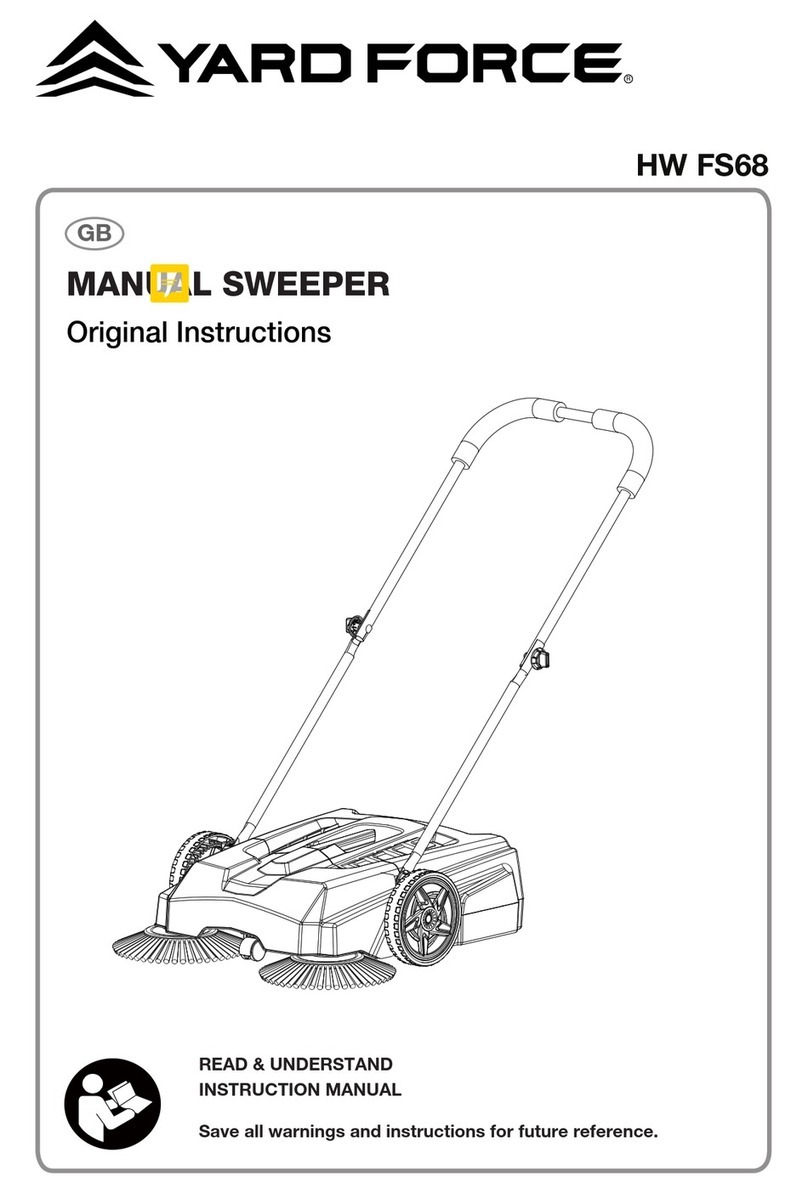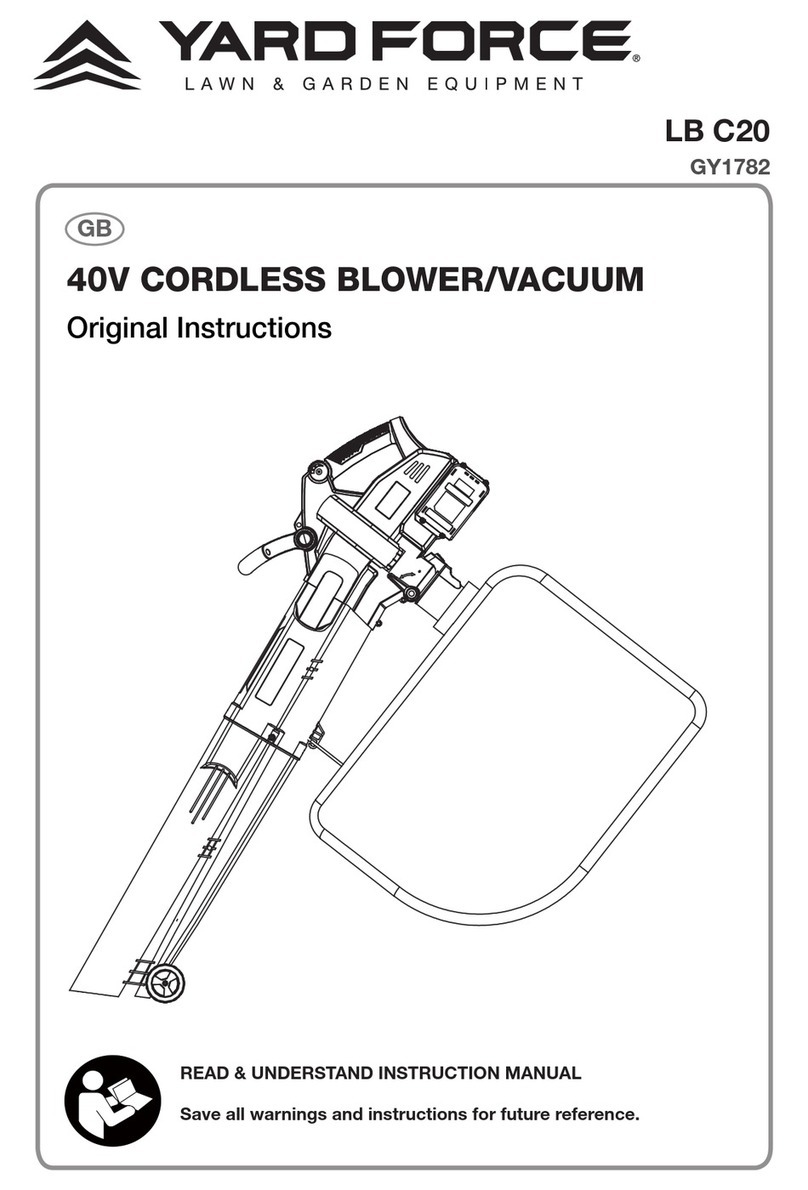Yard force LB G20A User manual
Other Yard force Blower manuals
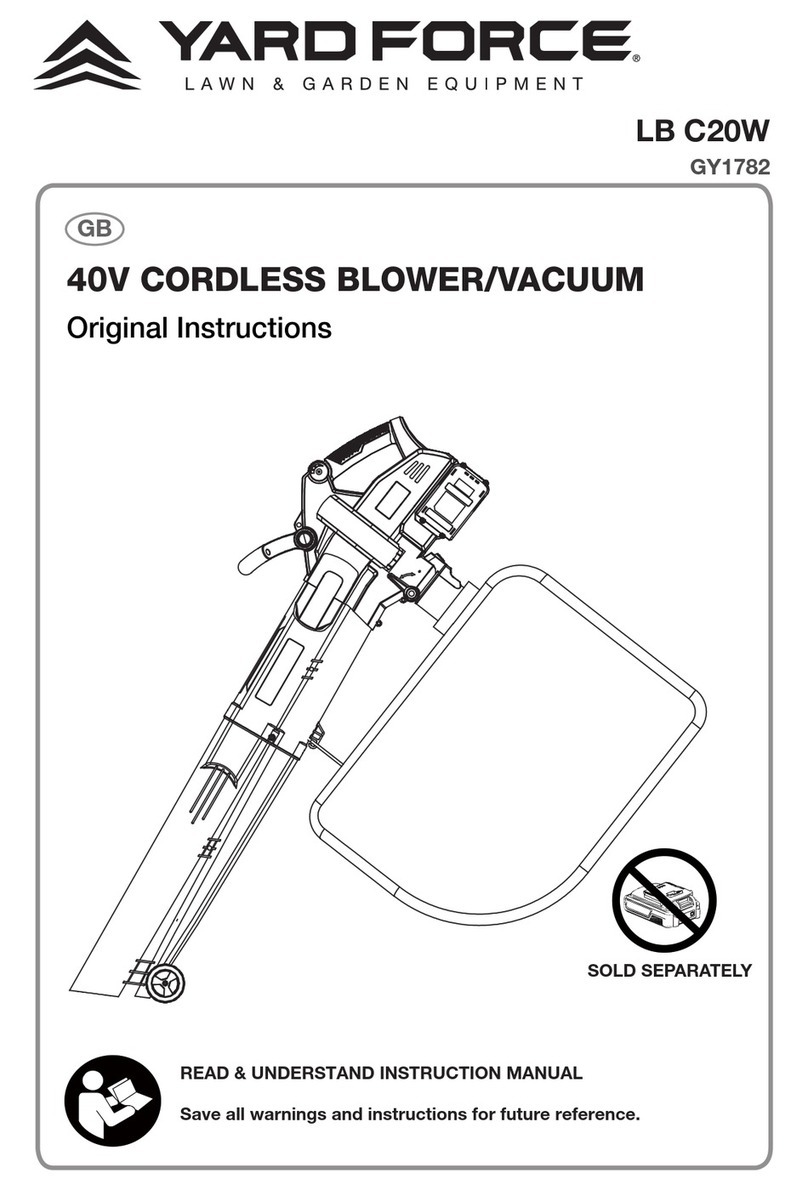
Yard force
Yard force LB C20W User manual
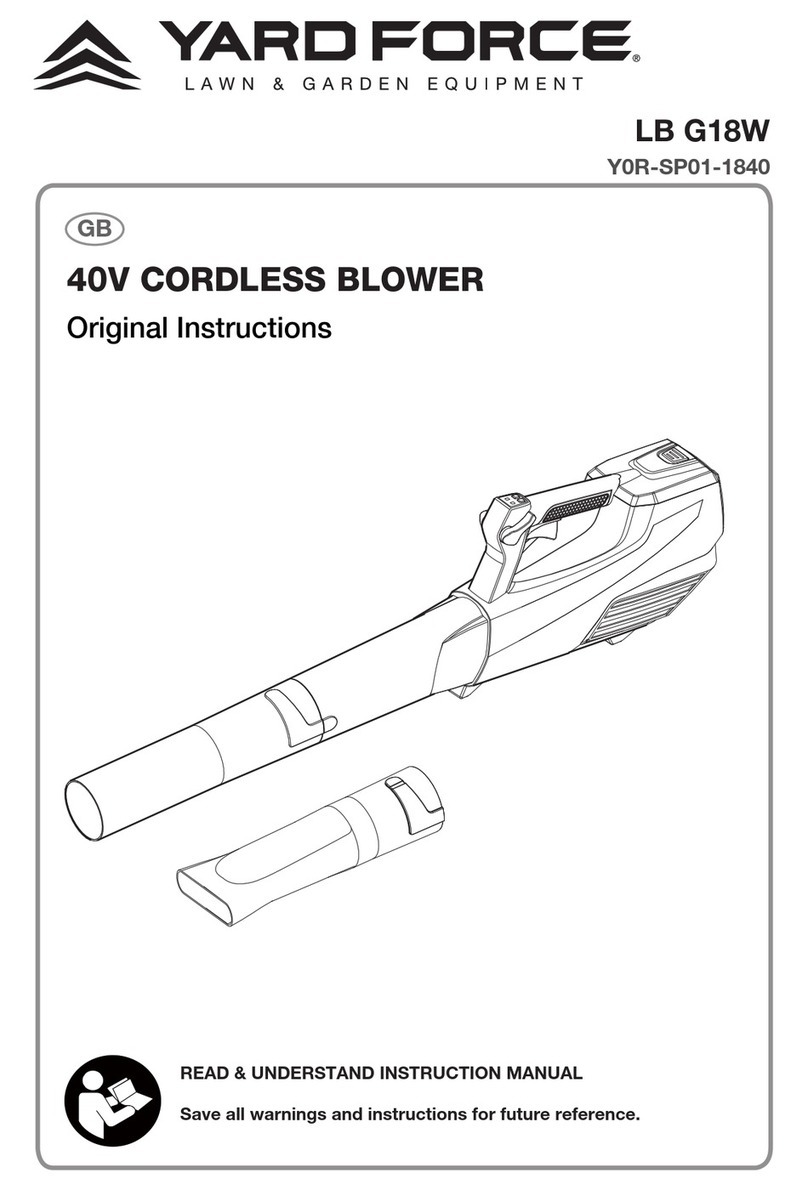
Yard force
Yard force LB G18W User manual
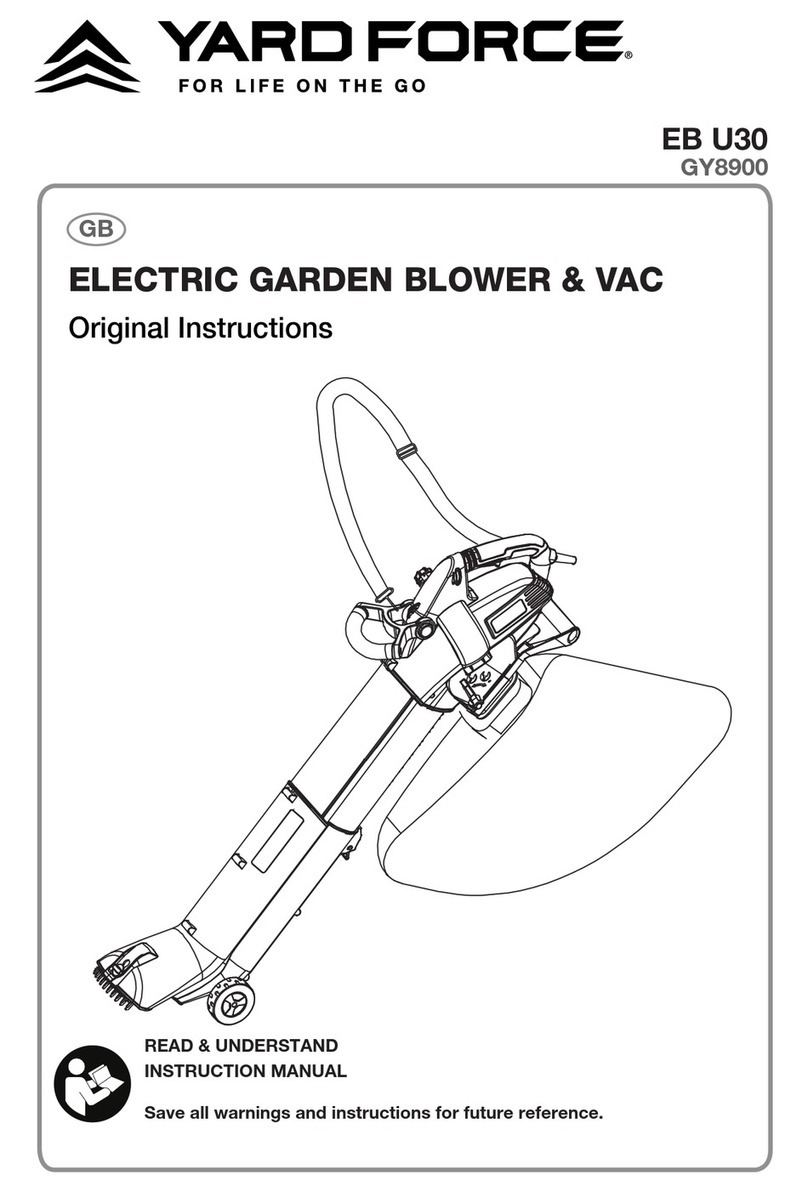
Yard force
Yard force EB U30 User manual
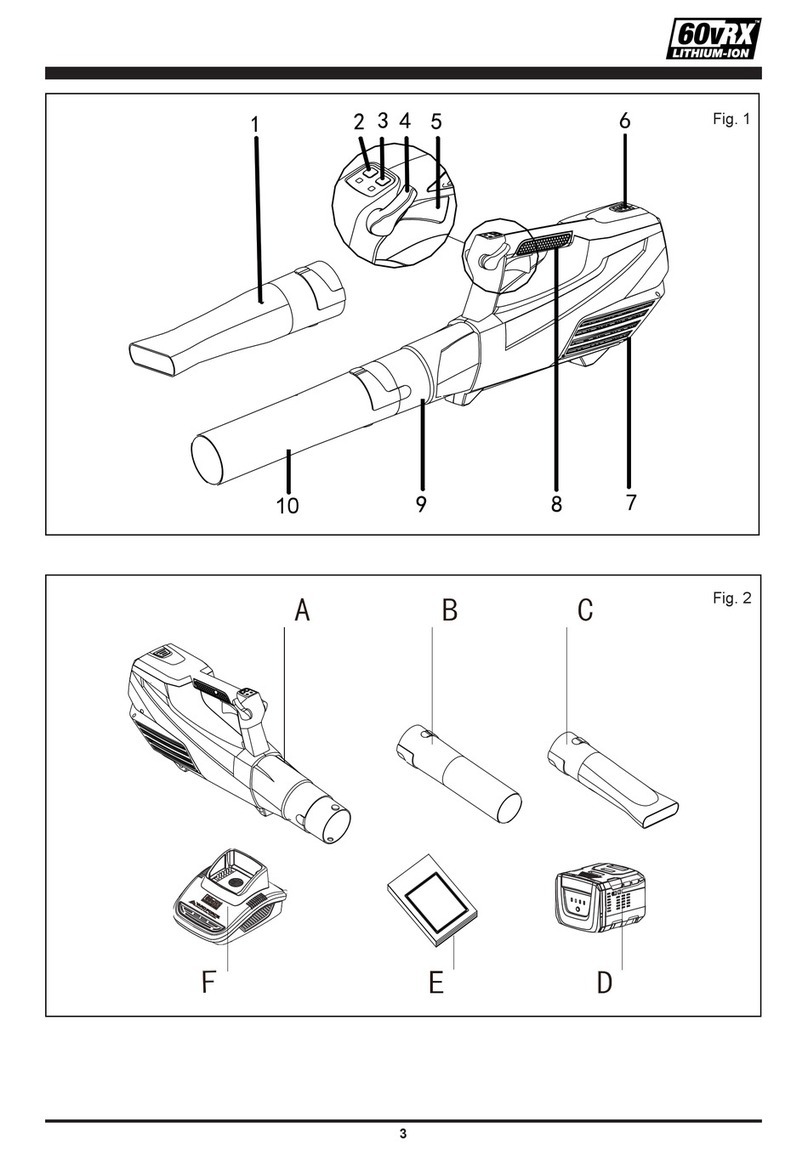
Yard force
Yard force YF60VRX600-BL User manual
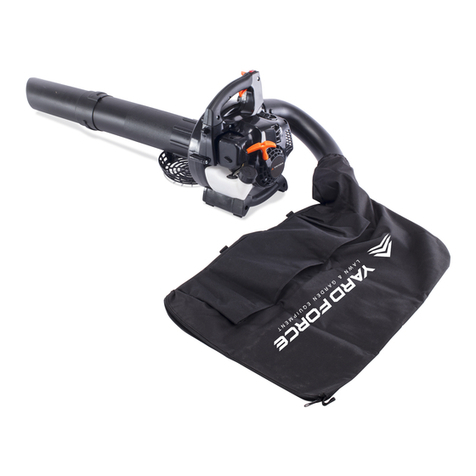
Yard force
Yard force Y4GB A23 U001 User manual
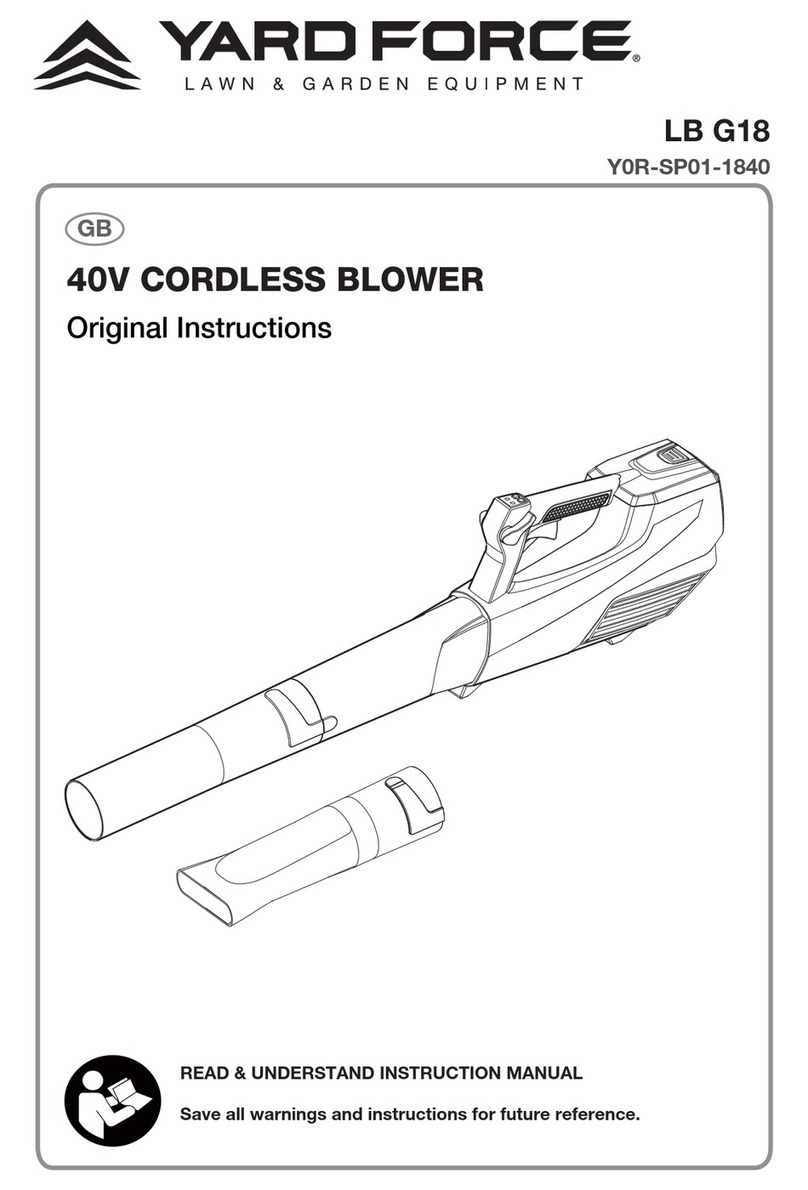
Yard force
Yard force LB G18 User manual

Yard force
Yard force YF60VRX600-BL User manual
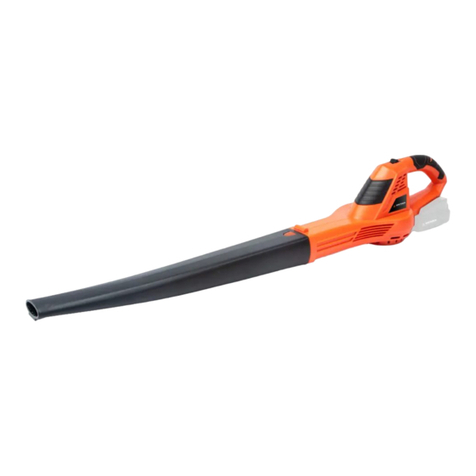
Yard force
Yard force LB C20AW User manual
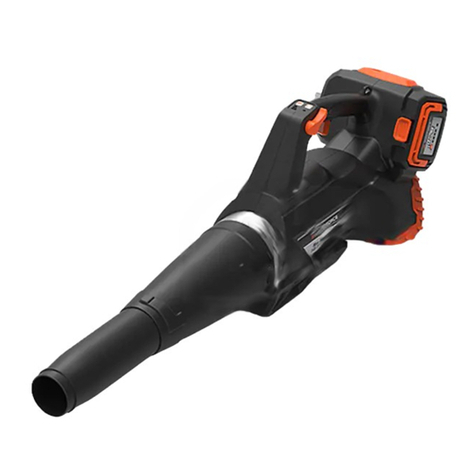
Yard force
Yard force Y0LBX145T00 User manual

Yard force
Yard force HW FS68A User manual
Popular Blower manuals by other brands

Lithium Earthwise
Lithium Earthwise LB20024 Operator's manual

EINHELL
EINHELL GE-CL 36 Li E Original operating instructions

EINHELL
EINHELL VENTURRO 18/210 operating instructions

Troy-Bilt
Troy-Bilt 657 Operator's manual

Weed Eater
Weed Eater VS2000BV instruction manual

KRAUSMANN
KRAUSMANN U37020-00 Operation manual
